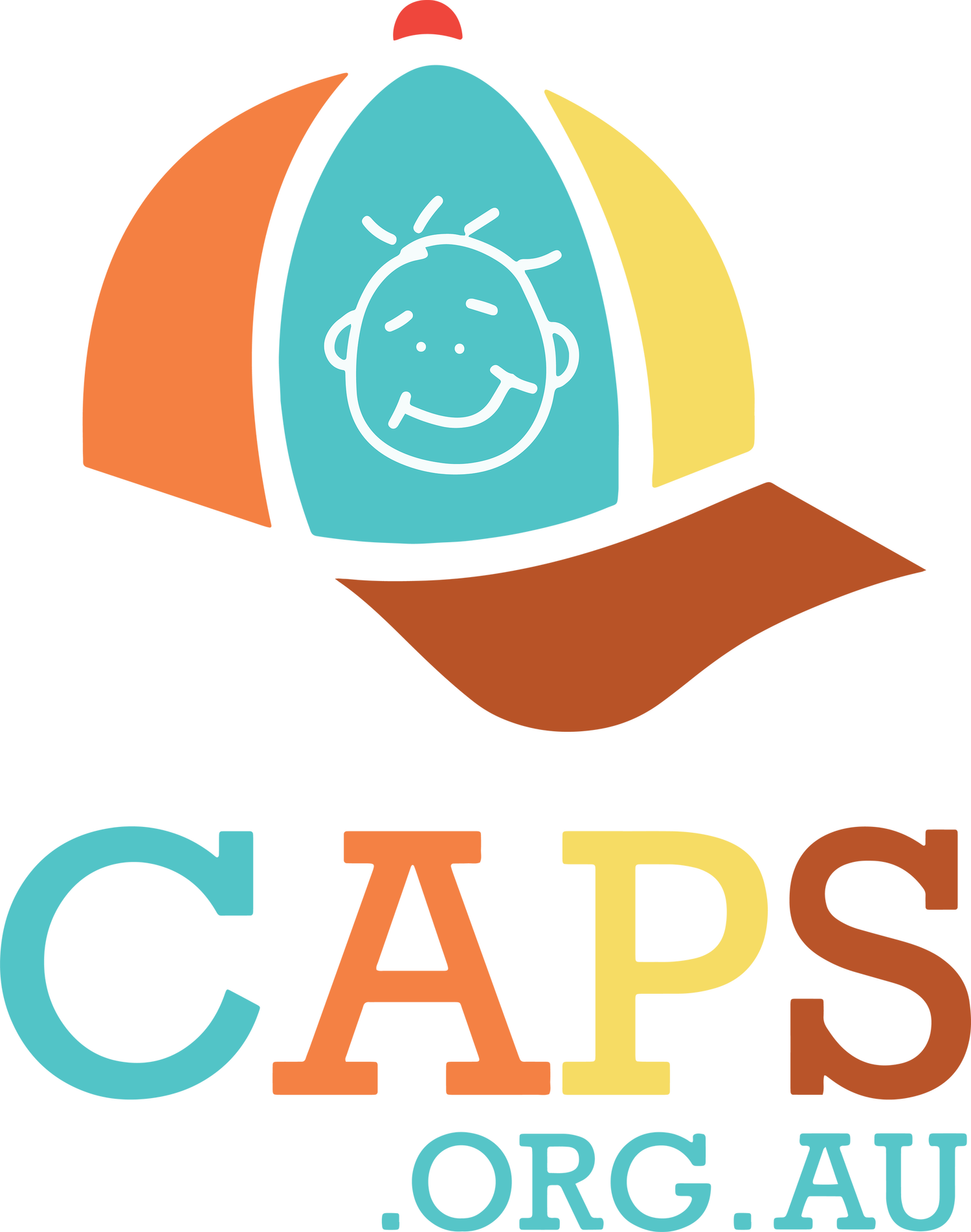Celebrating Children’s Week
Teaching kids about their rights: a guide for parents, carers and teachers by CAPS social work student Abbey Wyatt
National Children’s week is upon us!
National Children’s Week is a celebration of Australia ratifying the United Nations Convention on the Rights of the Child (UNCRC). The UNCRC lays out a set of human rights that all children are entitled to, and has been agreed upon by almost every country in the world. This year’s theme is based on Article 27 from the UNCRC;
"All children have the right to an adequate standard of living including house, food and clothes that support their development.".
So, how can we as adults teach our children about their rights? In light of this significant celebration, CAPS has created a list of five fun and interactive activities parents, carers and teachers can do with kids to teach them about their rights:
1. Make cupcakes
Decorating cupcakes is always a hit with kids! You can bake them together and decorate them with designs representing each right, or even insert little toothpick flags into each cupcake with a small description of each right. If you have baked too many to eat by yourselves, you could share these fun treats with your child’s class.
If you are in the classroom, you could assign each child to research and create a small description of one of the rights. After they share their description with the class, have them decorate a flag and place it on a cupcake or other treat.
The Children’s Week Council of Australia has a great printable template for the cupcake flags.
2. Have a scavenger hunt
Create little notes with information about each right from the UNCRC, and stick them onto small treats or prizes. Hide the items around your home or classroom, and provide children with baskets to collect them. Have a scavenger hunt and allow children to search until all the rights have been found. Afterwards, you can use your descriptions to start a conversation with your children or classroom about what their rights mean to them.
3. Decorate your home or classroom
Work with your children or students to create and decorate posters outlining a summary of children’s rights, and put the posters up in a place children will view frequently.. For another fun activity you could also create your own bunting to hang up by following these suggested templates.
Each individual triangle/flag of the bunting could represent a child’s right, with a description or illustration. For example, they could create a drawing of a house or their favourite meal to represent Article 27. Other ways to decorate for Children’s Week include: painting on tiles, sculpting little clay or plaster figures for each right, creating a quilt, or making linocut prints.
4. A World of Rights!
Collect photos from magazines, newspapers or the internet of children in various countries of the world. Choose photos that clearly illustrate a child’s right in action. Try to find photos that show how children’s experiences with rights can be very different in other parts of the world. Give a list of the rights that correspond with the photos. Have children explore the photos and match each photo to the right it represents. If you have a large group, you can also cut each photo into 3–6 pieces to create a puzzle that children have to solve.
5. Create a “rights web”
This is a great classroom activity. You will need a group of children, a large ball of yarn, and an open space for this activity. Introduce the activity as a fun way to visually symbolize children’s rights. Have children stand in a circle. Hand the ball of yarn to one person. They say “I have rights. (Another child’s name), you have rights too.” Then they hold tight to one end of the yarn and toss the ball to the person they named. That participant chooses someone to throw the yarn to, repeats the statements, holds tight to the yarn and tosses the ball on. This process repeats until everyone is linked into the web.
After your web has been created, explain that it is a good symbol for children’s rights for a few reasons: All children in the world have the same rights, just like every person in our circle holds the same yarn. Our web links all of us together, just like child rights are linked together. Have a few participants tug at their string one at a time so that the tug is felt by others around the circle. Explore what happens when children are denied the rights they deserve, by having some children drop their yarn and discussing what happens to the web.
If you have young children or your children or students seem overwhelmed by trying to learn about all the rights listed in the UNCRC, you can choose to focus on just a few. You might consider having a “right of the day” or doing one of the above activities with a focus on just a handful of rights at a time.
Happy celebrations! And good luck with all your activities!


